September 12, 2025 - January 11, 2026
Kirchner x Kirchner
Kunstmuseum, Bern, Switzerland
Il vostro carrello è vuoto!
Scopri i nostri bestseller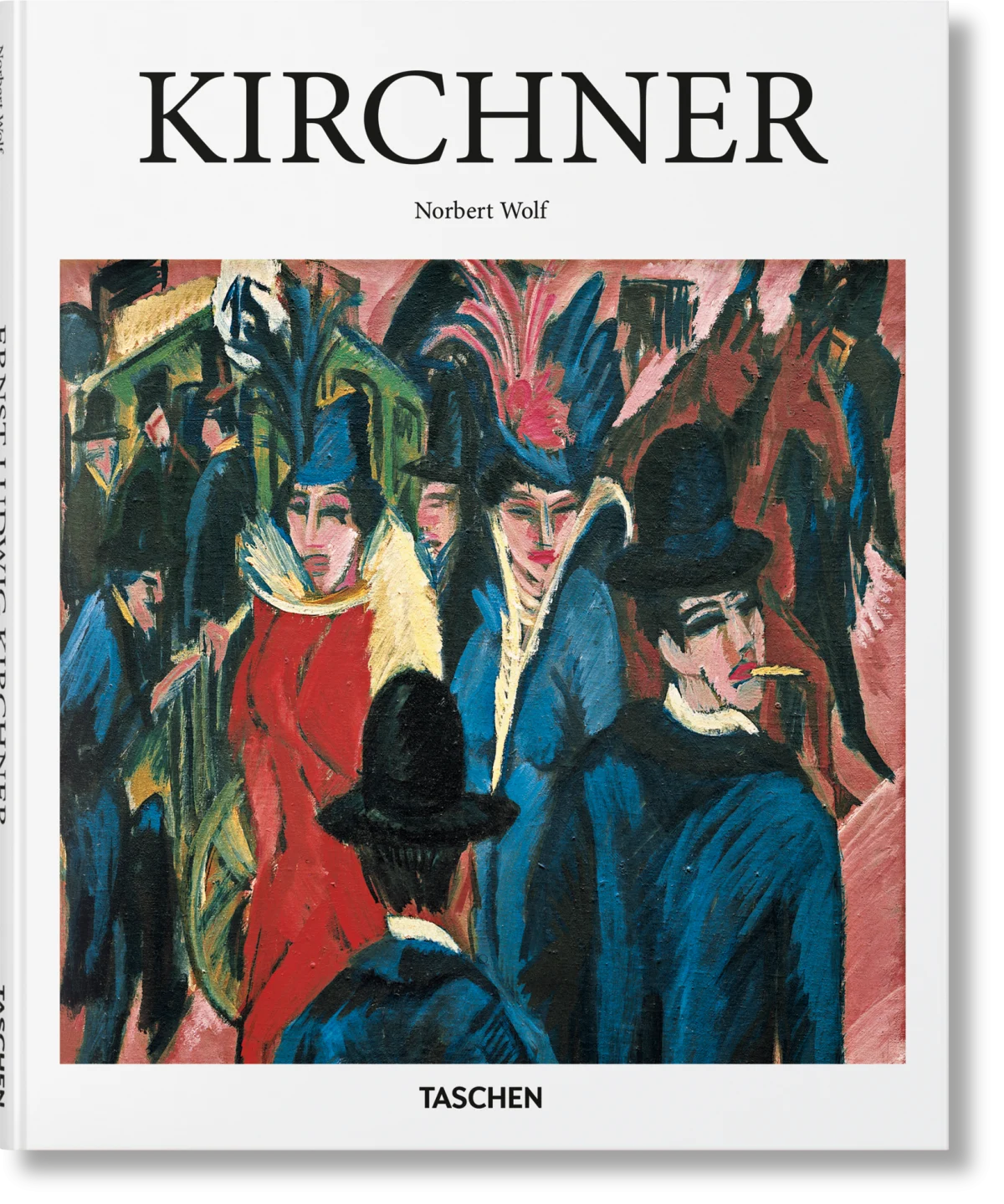
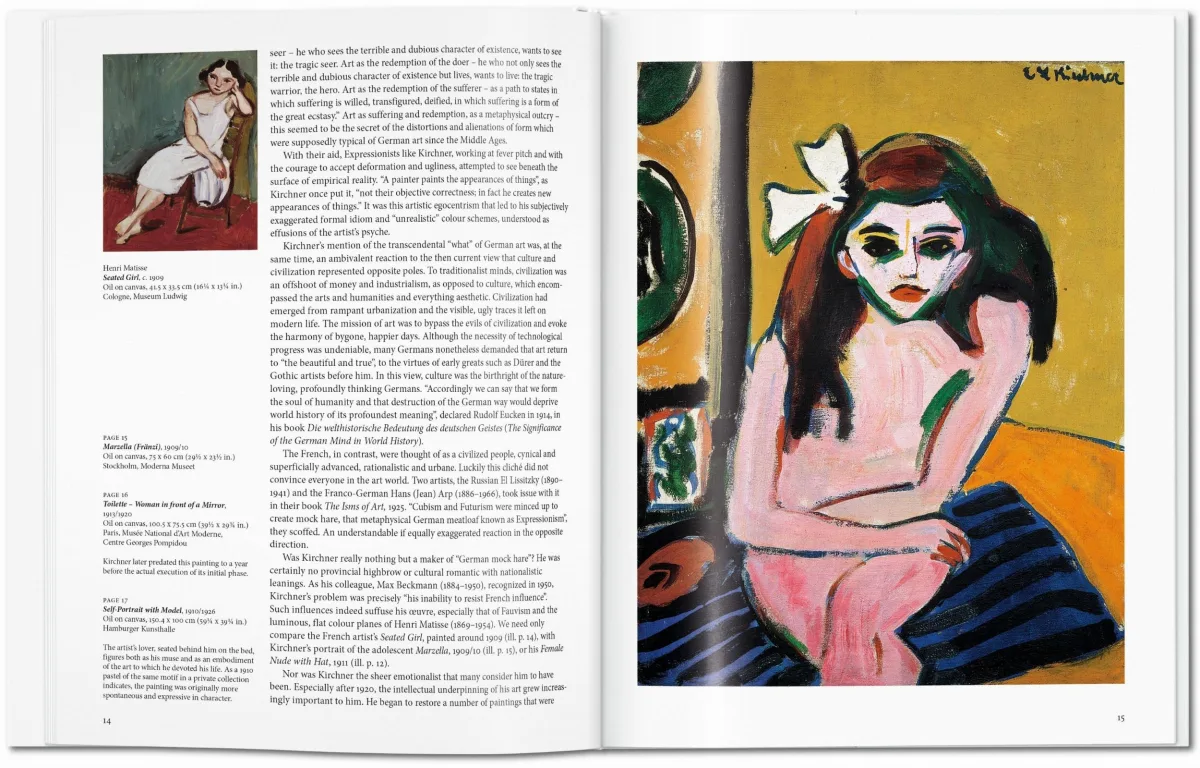
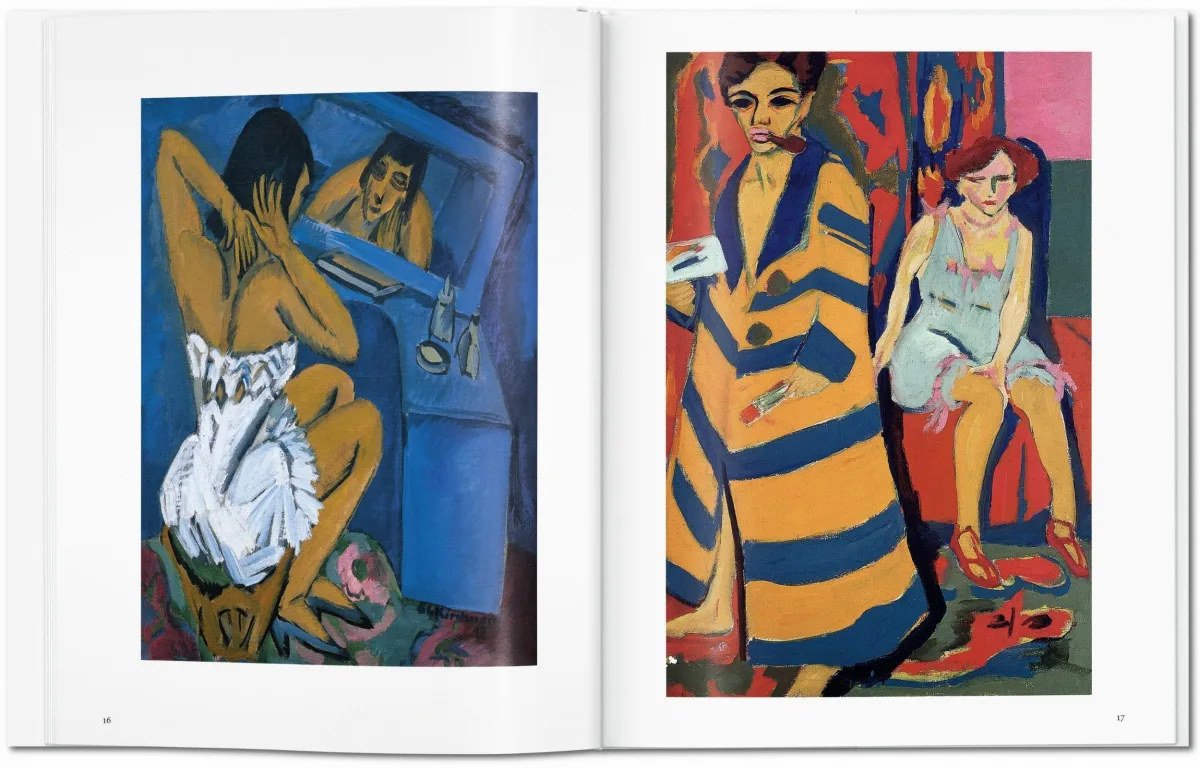
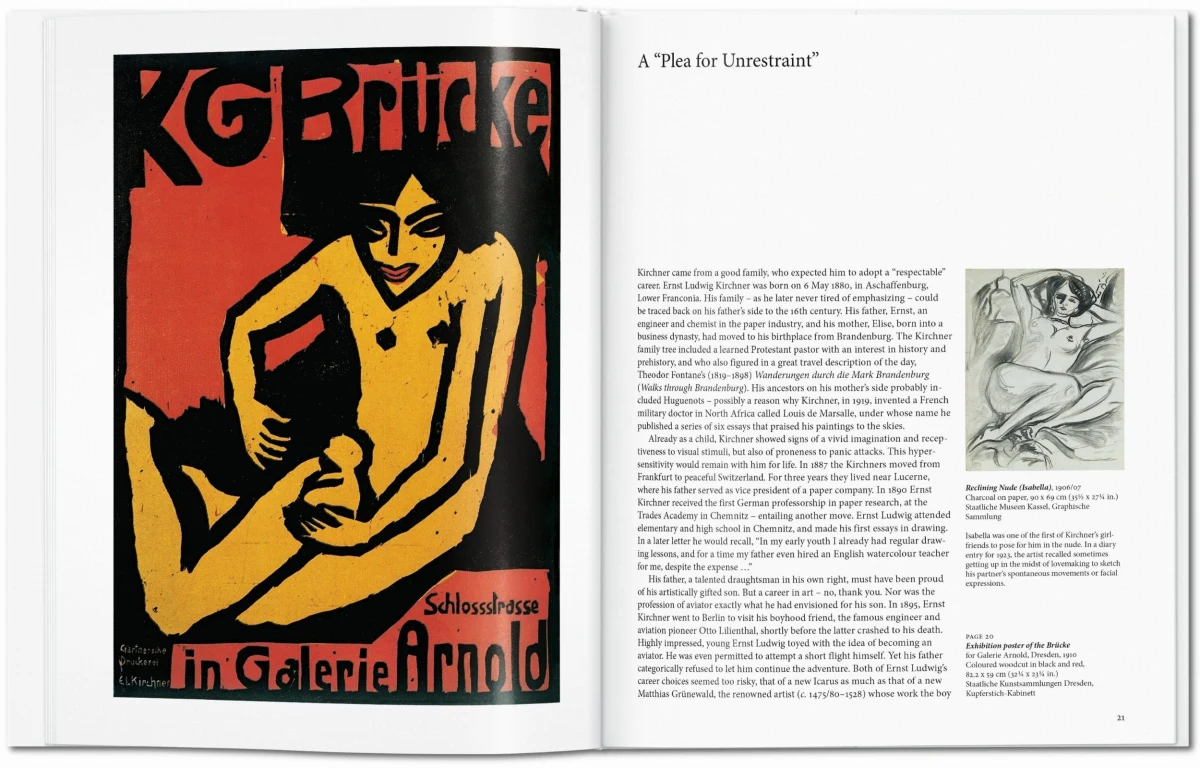
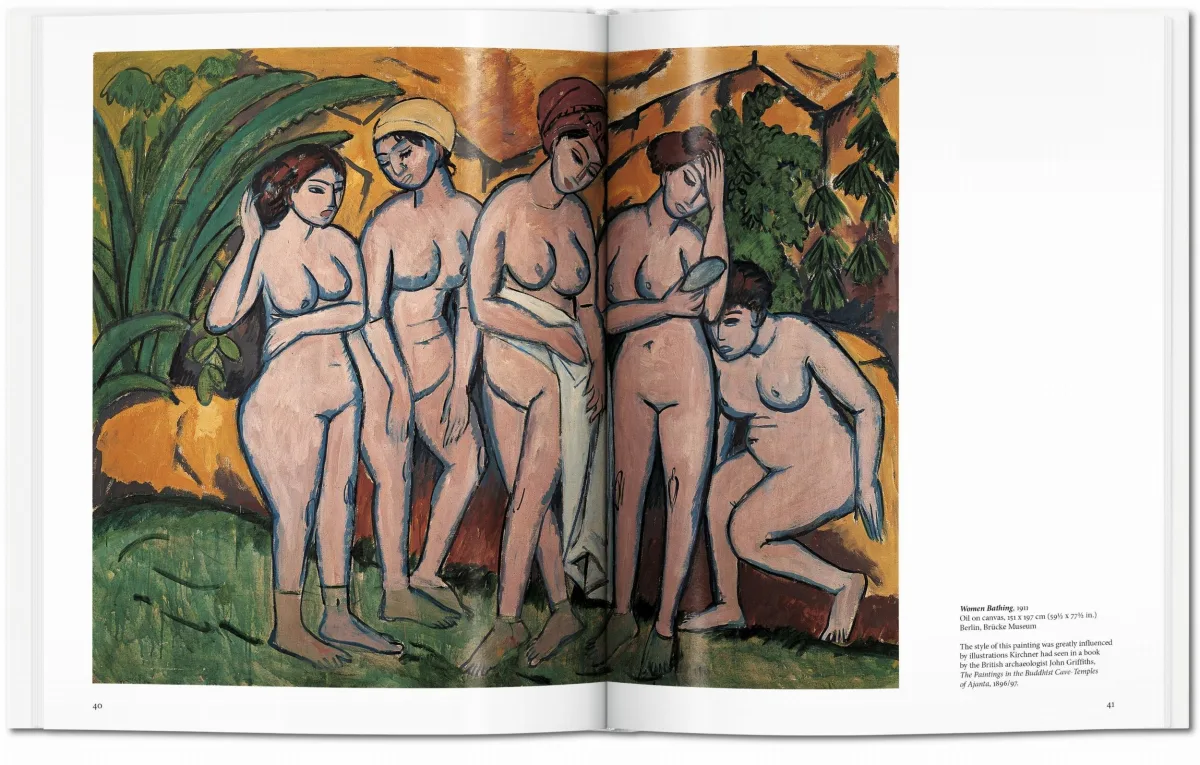
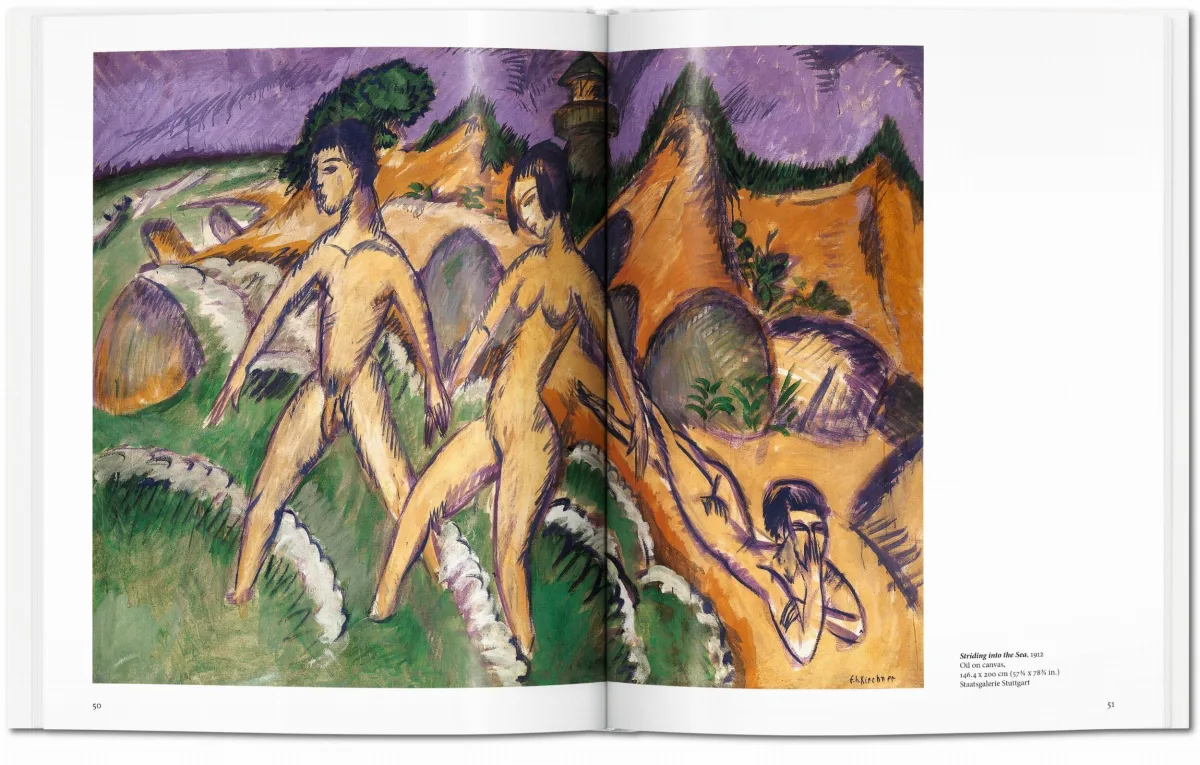
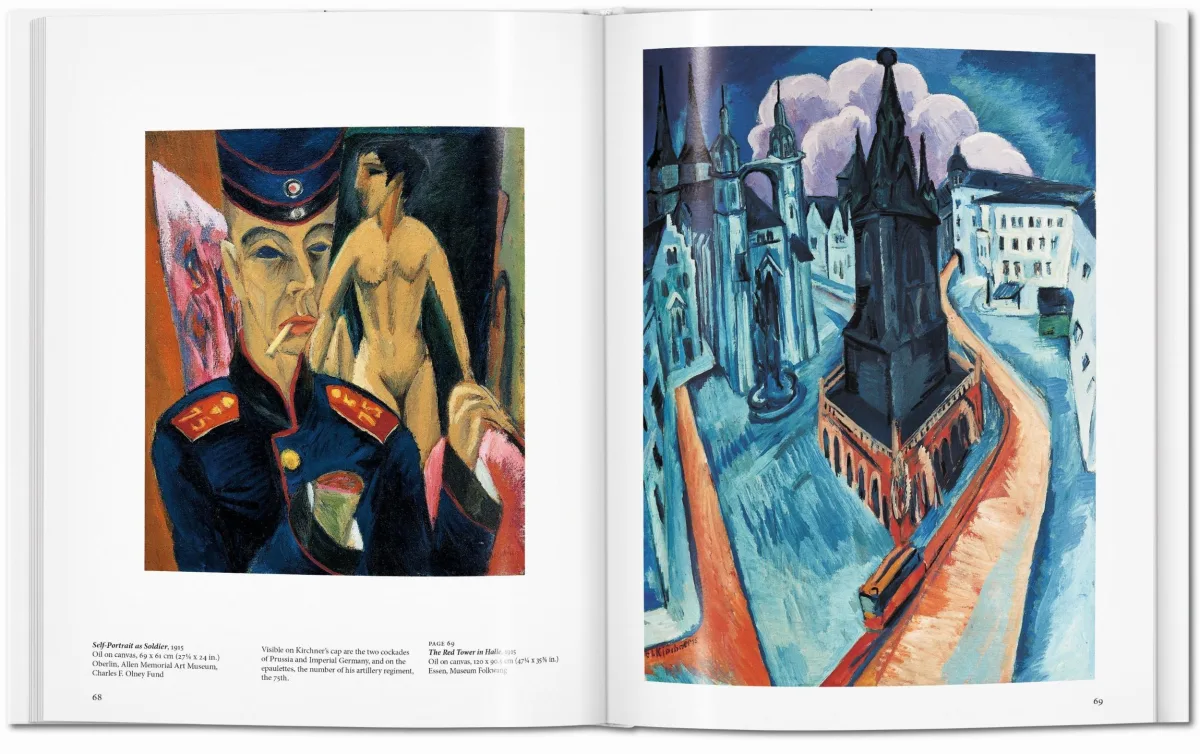

Kirchner
20ISBN 978-3-8365-3504-5
Edizione: IngleseSeptember 12, 2025 - January 11, 2026
Kunstmuseum, Bern, Switzerland
September 26, 2025 - January 18, 2026
LWL-Museum für Kunst und Kultur, Münster, Germany
Nata nel 1985, la serie Basic Art è diventata la collezione di libri d’arte più venduta al mondo. Ogni libro della serie Basic Art di TASCHEN contiene:
• una cronologia dettagliata riassuntiva della vita e delle opere dell’artista, inserito nel contesto storico e culturale in cui è vissuto
• una biografia concisa
• circa 100 illustrazioni con didascalie esplicative
5
/5